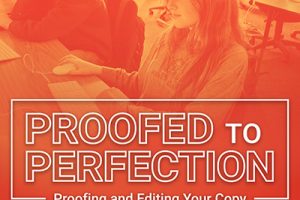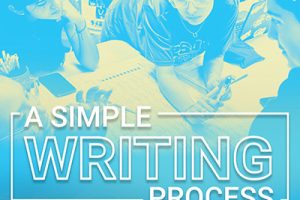How to develop yearbook body copy
Before you begin to write, read over your interview notes and gather related terms and important information. Listing and clustering start the juices flowing; they put you in the writing mode.
Find the angle
From this list of facts and details, pick out the central theme. Just as with any English paper, a central idea is needed to give focus and direction. In journalism, this is called an angle.
Yearbook stories are features and not just a list of events; they capture true feeling and human interest. Choose an angle to which your audience can relate.
Now that your creativity is in gear and you have a list of ideas you want included in your feature, beginning to write should come easier. Start writing about the details you have clustered. Be flexible with the angle, for it can be changed if you find you are not covering the real meat of the story.
Divide copy into segments
Divide the copy into small segments rather than tackling the feature as a whole. For example, you don’t have to write the lead first just because it comes first. For some, the lead is the easiest part, while for others it is the most difficult. And, just as the angle may change, new leads can surface once the story is underway.
Writing a small section at a time offers proof of accomplishment. With each completed section, you can see the results, encouraging you to continue.
Write while the thoughts are fresh. Revisions and finalization can, and do come later. But the written word is stronger than ones locked up inside. Once ideas are put to paper, they can be added to or changed. Written words spark new ideas and nourish creative thought.
Although a thesaurus is invaluable, don’t interrupt your train of thought to sift through pages of synonyms for the most appropriate word. Do this when you rewrite, edit and revise.
Use effective transitions to link paragraphs and lead the reader from one thought to another. Vary these connectors, using the most appropriate ones.
Write in your own voice
Keep your audience in mind. If you’re a high school student, you should talk like one. This guideline doesn’t mandate constant use of the latest “hip” words and slang, but should discourage you from sounding like Confucious.
Use active voice, past tense
Not only is the story written in student voice, but also the active voice and past tense. Action verbs create vivid pictures: “The debate team finished their float,” has much more impact than the passive, “The float was finished by the debate team.”
Since events covered in yearbook copy happen before the feature is written and well before the book is published, write in the past tense. When you read the story five or 20 years later, “Pin him down Pat” will not be the school’s best wrestler and Suzy O’Luvmelots will not be reigning as Homecoming Queen.
Work around quotes and details
Work around quotes and details rather than trying to squeeze them into the story. Meaningful quotes tell the story from a unique viewpoint that the common observer might not have experienced. They add personality to the feature and tell the reader exactly how it was.
Generally, it’s good to provide the reader with some background information that will give the quote more impact. Description keeps a reader’s attention. The tiniest details will cause the yearbook reader to say, “Hey, I remember that. That’s exactly how it was.”
Don’t editorialize
Remember, however, to retain your opinion when recapping an event, otherwise, you’ll be telling the reader what it was like and using the forbidden “E” word – editorializing.
Words such as “exciting, ” “spectacular” and “awesome” may sound enticing to you, bit do these words accurately describe what happened? They’re vague generalities and too opinionated. Give the reader details and let him decide for himself if the event was “exciting,” “spectacular” or “awesome.”
The formula
To keep the reader reading, you must maintain a flow. To achieve this flow, use this basic formula:
| Lead Transition Quotation Fact |
Transition Quotation Fact |
Transition Quotation Fact Conclusion |




1 Comment
Extremely well written, well thought out article.